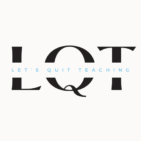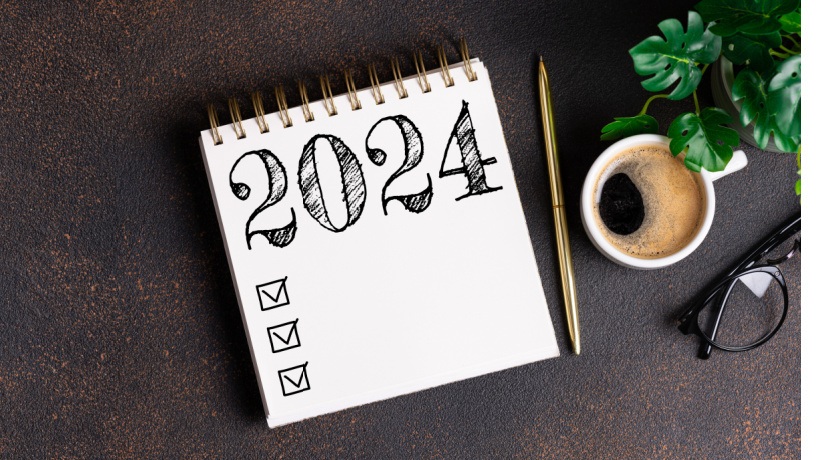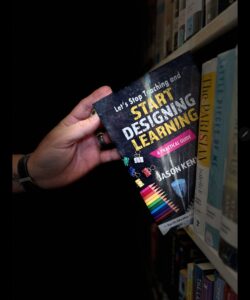So, be honest. We are less than two weeks into the new year. Have you kept the resolutions you made? If so, good for you! Keep it up! If not, don’t beat yourself up. You aren’t alone. Studies have shown that around only 9% of us see our resolutions out to the end. In fact, 23% of us give up in the first week, while 43% abandon their resolutions by the end of January each year. So, why don’t resolutions stick? I have a theory, and I’ll apply it to what we do in schools.
Resolutions vs Revolutions
A resolution is a decision at its very core. It is a choice that moving forward we will or will not complete a specific action. Now, we have our reasons behind why we are making the resolutions. Those whys are typically reasonable. Things we really would like to do differently for some benefit. So, we make resolutions because we want to make different choices from now on to gain some type of benefit. The problem with keeping resolutions is this: it is completely reliant on us and our will power. There is no other outside factor really moving us to make a “better” choice.
A revolution on the other hand is different. It is a dramatic and wide-reaching change in the way something works or is organized. Ah, now we can see why these tend to work out more often than resolutions. If my world changes, I must change with it. I don’t really have a personal choice in the matter. I either adapt, or I leave the environment. Sure, I could stay and fight the revolution, but that eventually leads to burn out. My resolution wanes, but the revolution remains.
A Revolution in Learning
We, in education, tend to make a lot of resolutions as well. We decide we are going to adopt a new program, implement a new intervention, or focus on a specific area. These resolutions could make some small gains, they also could not. These decisions and choices we are making though are being created and attempted to be maintained in the same environment we had before. That’s why resolutions are so hard to keep. We are trying to do new things in the same old place we’ve always been. When I think of resolutions in education, I think of the word, “buy-in.” Buy-in doesn’t get us the improvement we want. It’s individual, it’s adult-centric, it’s emotionally influenced.
What we need is a revolution in education. One that is not about buy-in, but one that is about commitment. Commitment to a different way of doing and organizing things in schools than we have been doing for so long. Commitments are collective. They are learner-centered. They are not swayed by our feelings. We come into school promising that no matter what, this is how we will act for things to intentionally become what we have decided for them to become. What do we want education to become? We want what we do in schools to become more about the learning of learners and less about the teaching of teachers. That is how we get the improvements we are all wanting in this new year.
Start with Two Things
If you have now decided that the resolutions you’ve been making aren’t working and would like to make real change happen through a revolution in your school, you may be asking this: Where do I start? There are two areas to focus on for the most impact… Relationships and Learning.
If you’ve read my material before, you know that I am a proponent for positive relationships with our learners. There are so many studies providing evidence on the multiple years’ worth of learning growth and potential that lies in the power of relationships with our kids at school. Is every adult in the building committed to creating a school where kids trust adults in their learning, feel like they belong, and feel like they are known? Does every single individual child have at least one meaningful, caring relationship with an adult at school? Does every learner have a cheerleader? Every means just that. EVERY. SINGLE. ONE. We have to make relationships a priority in our words and actions by revolutionizing how we interact daily with kids.
The other dramatic change needed is to move away from teaching content like we always have and move towards designing opportunities for learning to happen on purpose. We can teach our hearts out, but if no one learned anything, well that was just a nice presentation. There is so much research evidence pointing at the intentional choices we can make in designing learning to happen at high levels with all kids. The past 15 years have given us volumes of cognitive science behind how we learn, yet we are still teaching the same way teachers did 150 years ago. If there ever was a time to make a revolution happen in learning, it is now. As the book title says, “Let’s Stop Teaching and Start Designing Learning!”
Tired of making the same old resolutions without reaping the results? They tend to not be as effective or even fail because they rely on our resolve as individuals. What makes change happen in the way we need it to is for a revolution to occur. Otherwise, we will keep playing the same game we’ve always played, getting the same score. Let’s change the game from resolutions to revolutions.


